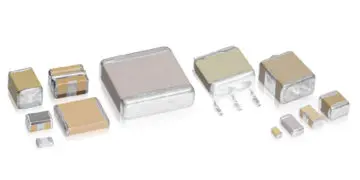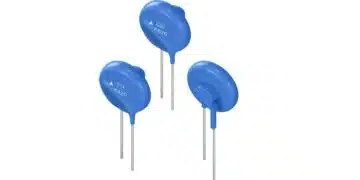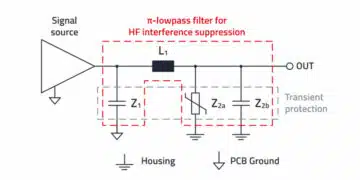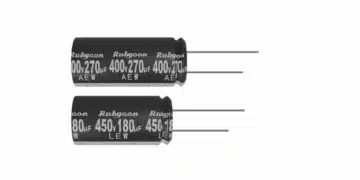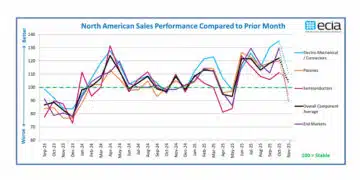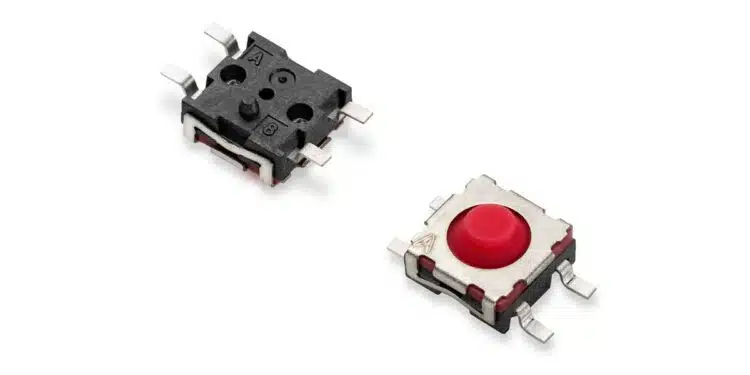Littelfuse, Inc., an industrial technology manufacturing company empowering a sustainable, connected, and safer world, released the TLSM Series Tactile Switches for surface-mount technology (SMT).
Designed with an exceptional lifespan of up to 2 million cycles, the TLSM series stands out as one of the most durable tactile switches on the market, making it ideal for high-use environments.
Its compact 3.45mm high profile and Single Pole Double Throw (SPDT) configuration provide enhanced circuit flexibility, enabling more complex and versatile applications. (View the video.)
The TLSM Series features a soft actuator that delivers precise tactile feedback for an improved user experience, especially in noise-sensitive environments. Rated IP54 for dust and water resistance, the switch ensures reliable performance even in harsh industrial or outdoor conditions. With support for a wide voltage range (DC 1 V to 16 V) and current range (10 µA to 50 mA), it is compatible with various low-power applications, offering seamless integration into modern electronic designs.
Key Features and Benefits:
- Unmatched Longevity: Rated for up to 2 million cycles, significantly outlasting traditional tactile switches, ensuring product durability and reduced maintenance.
- SPDT Configuration: Offers enhanced circuit design flexibility with two output options, expanding functionality beyond standard SPST tactile switches.
- Compact and Versatile Design: Ideal for space-constrained applications such as gaming controllers, remote controls, and industrial control panels.
- Soft Actuator with Quiet Operation: Delivers precise tactile feedback with minimal noise, making it suitable for noise-sensitive environments.
- Environmental Protection: IP54 rating provides reliable dust and water resistance for use in harsh industrial and outdoor conditions.
- Efficient Manufacturing: Supplied in tape and reel packaging, optimized for automated assembly processes.
“The TLSM series provides a new level of precision and durability,” said Gavin Xu, Technological Development Manager, Electronics Business Unit Engineering at Littelfuse. “Its compact design, high sensitivity, and long lifespan deliver unmatched reliability for game controllers, EV panels, medical devices, and more. Engineered for seamless SMT integration, the TLSM sets a new standard in performance and versatility.”
Target Markets and Applications:
The TLSM Series is designed for a wide range of applications, including:
- Industrial Applications: Control panels, instrumentation, robotics, and elevator buttons, where reliability and durability are critical.
- Transportation: Reliable operation in vehicle dashboards, control units, door handles, and EV charging systems.
- Consumer Electronics: Enhances user experience in remote controls, smart home devices, robotic vacuums, lawn mowers, and handheld gadgets.
- Medical Devices: Ideal for portable diagnostic tools, wearable medical devices, surgical instruments, and other critical healthcare equipment requiring precision and reliability.
The TLSM Series expands the Littelfuse tactile switch portfolio, complementing the KSC DCT (Dual Circuit Technology) switches by offering SPDT functionality with extended lifespan. It is an evolution of the TLS Series, providing enhanced durability while maintaining a compact form factor, making it the preferred choice for next-generation electronic devices requiring longevity and reliability.




